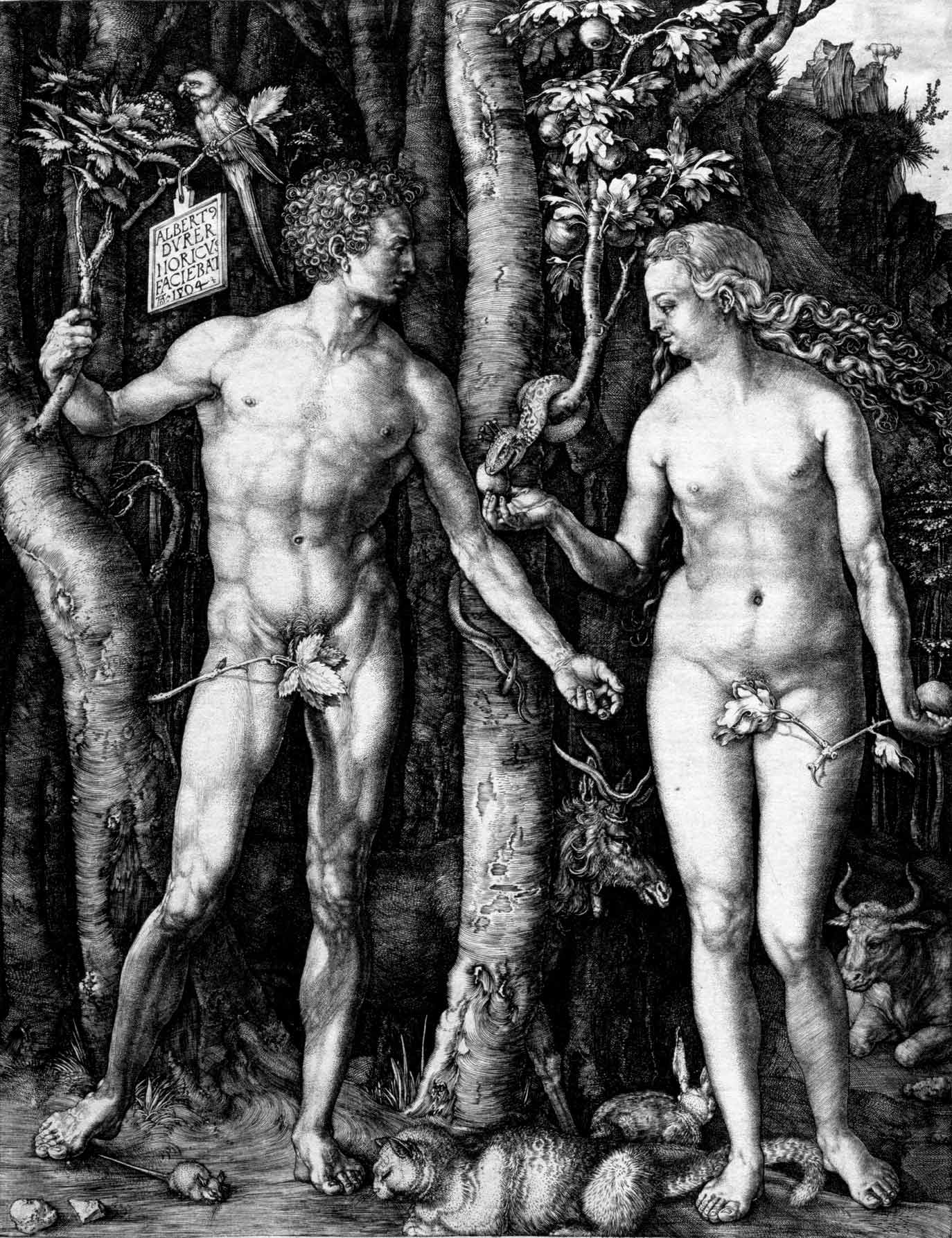Albrecht Dürer: Prints from the Collection of the Städel Museum
06.26.2007 - 09.09.2007
Dürer's graphic works comprise more than 100 copper engravings and around 300 woodcuts. With only a few exceptions, high-quality copies can be found in the Graphic Art Collection of the Städel and most date back to the collection of the institution's founder, Johann Friedrich Städel, and were acquired at the end of the 18th and early 19th century.
A selection from this magnificent collection, which, for conservation reasons, cannot be permanently displayed and which was last exhibited publicly in 1971, are shown in Bilbao. Moreover, the exhibition, organized by the Städel Museum, Frankfurt, in co-operation with the Guggenheim Museum Bilbao, not only presents the development and mastery of Dürer as a printed graphic artist, but also examines the importance of his graphic works within the general context of his oeuvre.
Albrecht Dürer (Nuremberg, 1471–1528) is the most renowned figure in German Renaissance art. His work reflects an era of change, in which he discovered a valid artistic form for a new concept of the world. More than any other contemporary, Dürer combined the painterly tradition of the late Middle Ages in the northern Alpine regions with the influences of the Italian Renaissance as it rediscovered classical art. At the same time, he redefined the social and spiritual role of the artist under the influence of Humanist thought. In this way, Dürer's work transcended his age and had a major influence on the development of art, particularly German art, until well into the modern era.
Among Dürer's graphic works are more than one hundred copper-plate engravings and around 300 woodcuts, not to mention hundreds of book illustrations. The Department of Prints and Drawings at the Städel Museum, Frankfurt, holds well-preserved examples of nearly all the artist's graphic production. The exhibition showcases a wide selection of the artist's masterpieces-most originating from the private collection of the museum's founder, the Frankfurt banker Johann Friedrich Städel (1728–1816)-providing a global, representative overview of Dürer's development as an engraver.
Son of a Nuremberg silversmith, Dürer learned the technique of engraving in metal while still a boy. He trained as a painter in the city workshop of Michael Wolgemut, who also designed illustrations for woodcuts for the first editions of books. Sometime around 1495, after his "end-of-studies" trip and his first visit to Italy, Dürer began to make his name in the "new media"—the 15th-century techniques of copper plate engraving and woodcut. More so than drawing or painting, which relied on customer demand, engravings gave Dürer the chance to experiment and develop his own concepts and ideas. His engravings enjoyed huge print runs and were widely distributed, bringing the artist financial rewards and fame throughout Europe.
Some major series of woodcut prints, such as The Apocalypse (1496–98) and part of The Great Passion, made Dürer famous before the turn of the 16th century, a process helped along by his sensational copper engravings, featuring completely new themes and a technique to rival painting. In 1504 he published his engraving Adam and Eve, which, while following the models of classical art, attempts to establish the ideal proportions of the human figure. Dürer's three "master engravings" The Horseman (The Knight, Death and the Devil), St. Jerome in his Cell, and Melancholy I (Melancholy) take copper-plate engraving to new heights of expression, laying the groundwork in the medium for generations of later artists. After these masterworks, Dürer subsequently experimented with new techniques such as dry point and etching and worked with other artists on major projects involving woodcut for his patron, the Emperor Maximilian I. In later years, Dürer concentrated on his treatises on the theory of proportions and the understanding and graphic representation of nature.
Martin Sonnabend
Exhibition curator
An exhibition of the Städel Museum, Frankfurt, in co-operation with the Guggenheim Museum Bilbao
Alberto Durero
Adam and Eve (The Fall of Man), 1504
Engraving
25.1 x 19 cm
Department of Prints and Drawings at the Städel Museum, Frankfurt am Main
Photo: Ursula Edelmann, Frankfurt am Main

